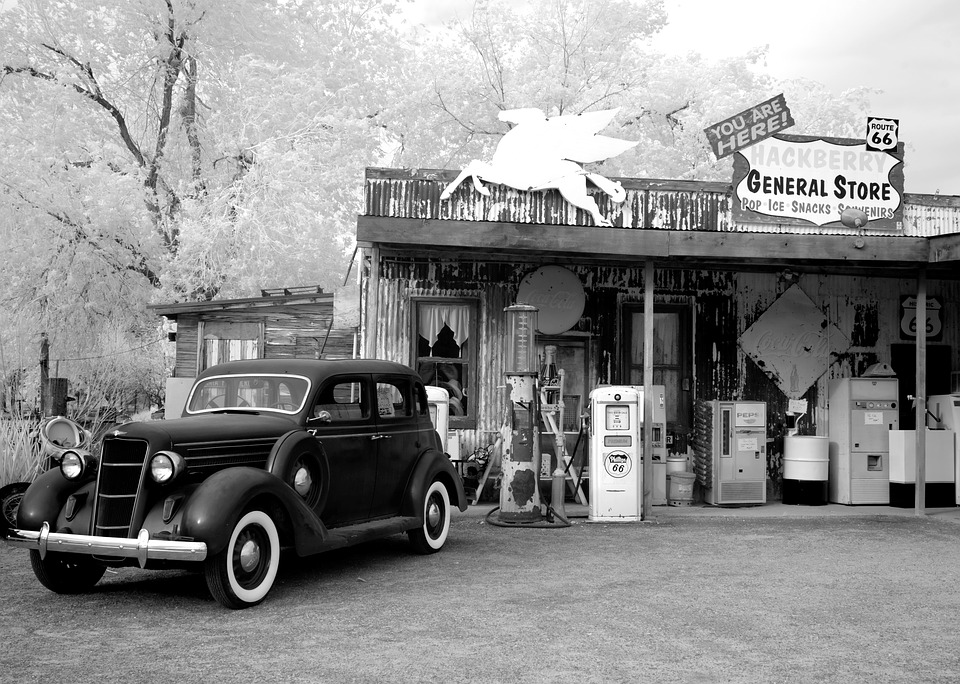How Rubber Quality Affects Auto Manufacturing

Rubber use in auto manufacturing is widespread. From engine seals and engine mounts to wiper blades and tires, rubber is relied on to get the job done. But not all rubber is made equal.
Let’s take a look at how rubber quality affects auto manufacturing.
Rubber quality affects vehicle safety and reliability
Vehicles experience an assortment of extremes. From heat to ice to sunlight to chemical contact, rubber components on a car must successfully handle a variety of conditions. Add in general aging and it’s easy to see the great demands made on rubber products. The versatility and resilience of rubber is clear.
Rubber, no matter the quality, does share a few general characteristics:
- High-tear strength
- Resistance to chemicals, grease, abrasion, ozone, petroleum and oil
- Temperature sustainability between heat and cold
For all the perks of rubber, the difference in quality affects the final outcome. Premium tires, for example, last longer and wear better than those of cheaper make. These better tires provide better grip under a wide range of weather conditions and road surfaces. Additionally, tires made of good rubber aren’t as noisy as those of inferior rubber.
Rubber products in auto manufacturing
But tires are only the beginning. Auto manufacturing involves grommets for reinforced penetration points and sound dampeners. Grommets provide a better barrier and hold when made with better rubber. The same improvements apply when dealing with seals and o-rings.
O-rings, those mechanical gaskets sealing off fluid and air, may be the most common and well-known type of seal, but it’s also one of the most important. O-rings are at the forefront of new design considerations; superior materials matter and influence the end result.
Whether a seal’s purpose is to prevent leaks, noise or vibration, a cheap-quality seal won’t offer the same tight fit or protection needed to keep a car humming right along. Replacing a faulty seal crafted from subpar material costs between $900 – $1800.
When internal engine seals falter, vehicles use more oil than normal, leading to higher cost due to frequent replacement and service. Increased smoke and idling issues may appear. Parts and repair typically run from $150 and $500. But it’s an issue that could have been avoided, or at least delayed in the long term, if the internal engine seals had been made from high-quality rubber.
High-quality rubber in auto manufacturing matters
High-quality rubber creates vehicles that run better, continually perform and stay safer than those manufactured with inferior products. Car owners are prone to keep holding onto their cars, as long as they continue to perform without frequent service repairs or breakdowns. They also tend to turn to the same brand in the future.
With the high pressure, solvents and long-term wear involved in auto manufacturing, lackluster rubber just can’t keep up. A car owner forced to make frequent repairs won’t make the same auto mistake again.





